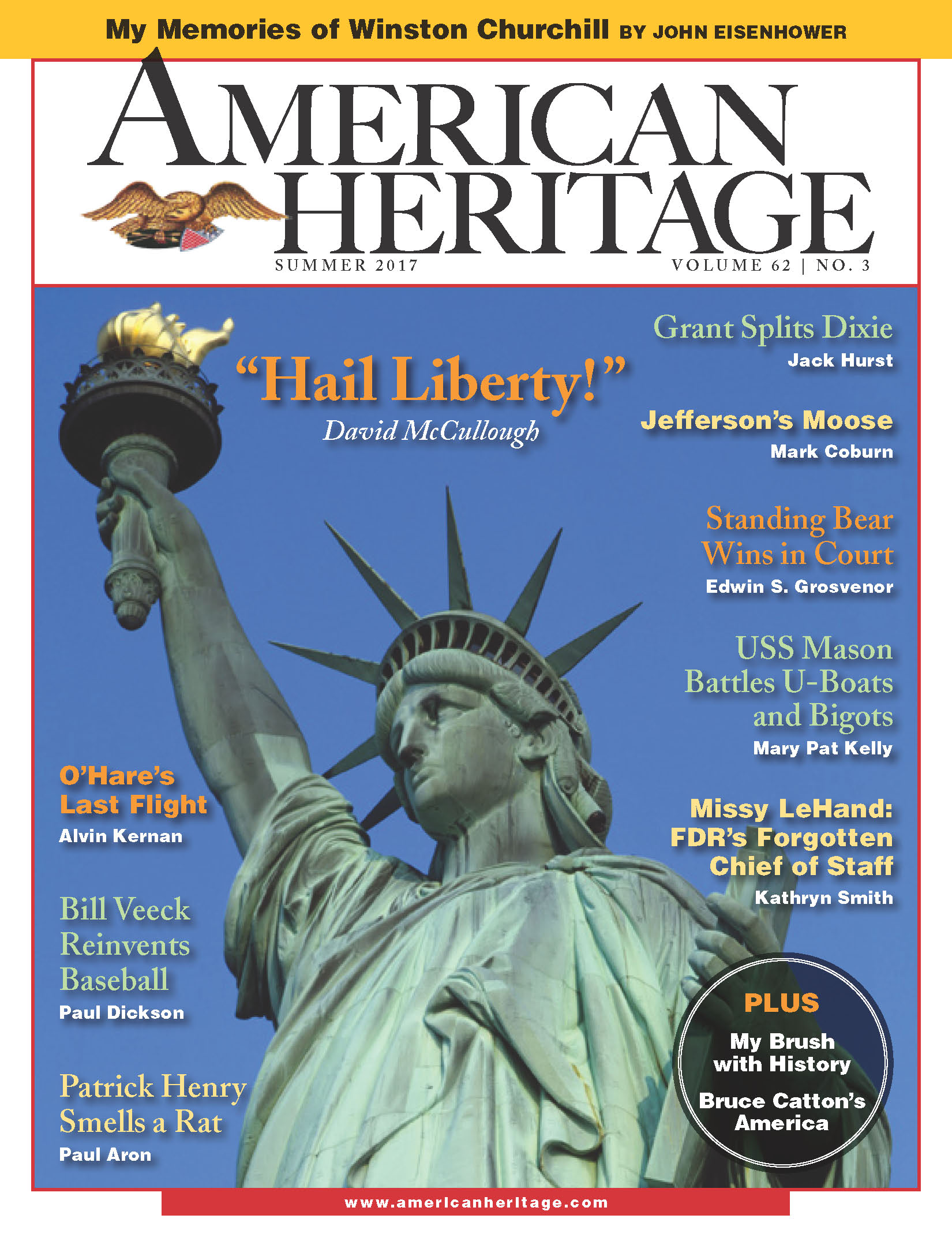Battle of Bunker Hill
The Battle of Bunker Hill
A civilian adventurer gave us the best artist’s record of America in Vietnam.
Behind the ancient towers of the Duke of Northumberland's home are the unique Revolutionary War battle maps of the general who saved the British from disaster at Lexington
Behind the ancient towers of the Duke of Northumberland's home are the unique Revolutionary War battle maps of the general who saved the British from disaster at Lexington
Had a tempest not thwarted his plans, George Washington might have lost the Revolution in the first major operation he commanded
The battle between rebels and redcoats that should have taken place at Bunker Hill was fought at Breed’s instead. It was the first of many costly mistakes for both sides






